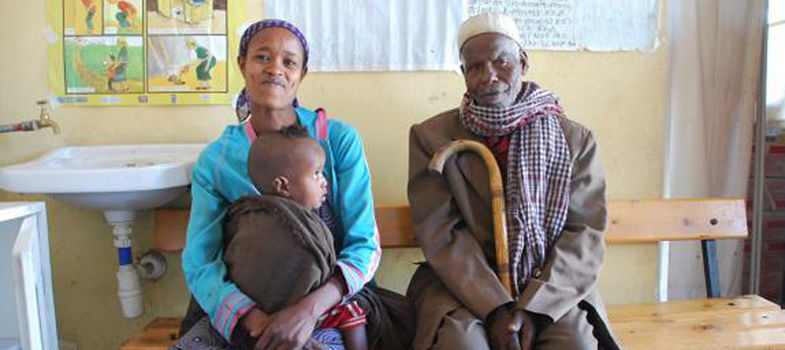21.2.1 Haemorrhagic shock
![]() All of the conditions resulting from placental abruption require you to take immediate emergency action: see Section 21.5.
All of the conditions resulting from placental abruption require you to take immediate emergency action: see Section 21.5.
Placental abruption with external or internal bleeding may lead to haemorrhagic shock, in which blood is lost in such large amounts that the blood remaining in the woman’s blood vessels is not enough to deliver the nutrients and oxygen required by her body cells.
What are the signs and symptoms of haemorrhagic shock? (Think back to Box 20.3 in the previous study session.)
A woman in shock will be pale and sweating, with a fast but feeble pulse (above 100 beats per minute), fast respiration, low or falling blood pressure (the diastolic pressure — the bottom number — is no more than 60 mmHg and sometimes far less); she complains of dizziness; she seems confused and may even lose consciousness.
You should look for signs such as pallor: her fingernails, the palms of her hands and the inside of her eyelids will turn whiter as she loses blood. She may tell you she feels weak or be unable to lift her head. She appears restless, possibly asking for water to drink, and she seems confused. Confusion happens because her brain is being starved of oxygen. Common consequences of haemorrhagic shock include failure of the kidneys or the heart.
21.2 Placental abruption
